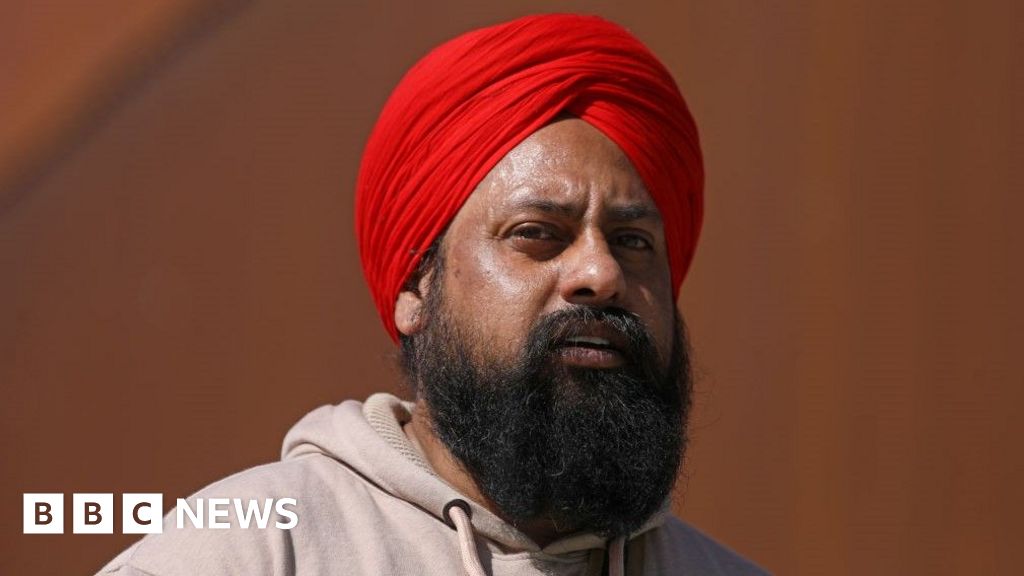Employers added 175,000 jobs in April, marking a slowdown in hiring

Hiring across the U.S. slowed in April, a sign the Federal Reserve’s efforts to shackle economic growth and curb inflation is chilling the labor market.
American employers added 175,000 jobs last month, well below expectations of roughly 232,000 and off dramatically from the blockbuster job creation in March, when employers added a surprising and upwardly revised 315,000 jobs.
The nation’s unemployment rate was little changed at 3.9%, continuing a 27-month stretch of remaining below 4%, the longest since the 1960s, the U.S. Department of Labor said Friday.
The smallest increase in payrolls in six months allayed concerns that an overly hot economy would prevent the Federal Reserve from cutting interest rates later this year.
Wall Street applauded the report, with stocks sharply higher and bond yields falling.
In the wake of the data, interest-rate futures showed a slightly larger chance of a cut in July, albeit still under 50%. The probability of a September rate cut increased to about 75% from 60% on Thursday, according to CME Group.
What it means for a Fed rate cut
Some analysts stressed that one report does not in itself represent a trend, and that the Fed would need to see further evidence that inflation is under control before reducing borrowing costs.
“The report does not change our call for the Federal Reserve to wait until September before cutting interest rates. The labor market is still healthy, and the Fed needs to see several months of benign inflation data before lowering rates,” Nancy Vanden Houten, lead U.S. economist at Oxford Economics.
Art Hogan, chief market strategist at B. Riley Wealth, said there is more good news than bad in the report.
“Coming into today’s print, the three-month average was 260,000, now it’s 230,000,” said Hogan. “Today’s 175,000, while below expectations, is actually a terrific number as you average things out over the last three months.”
In addition to payrolls, data on wages and hours also came in weaker than expected.
“The silver lining to today’s weaker-than-expected nonfarm payrolls number is it likely takes some pressure off the annualized increase in wages,” said Hogan, noting that annualized wage growth has slowed to 4.3%, from 5.1% earlier this year. “Wages are still going up, but not at such a pace from keeping the Fed from ever finding a reason to cut interest rates.”
“A slowdown in payrolls to a decent pace to start the second quarter, coupled with a slowing in wage gains, will be welcome news to policymakers, who think the current policy stance is restrictive and will weigh on demand, economic activity and inflation over time,” Rubeela Farooqi, chief U.S. economist at High Frequency Economics, said in a report.
“Current readings also support the view that rate cuts — and not hikes — are the base-case scenario for the Fed this year,” Farooqi added.
Surprisingly strong economic growth and stubbornly high inflation have pushed back the Fed’s timeline for nudging down borrowing costs for consumers and businesses.
The central bank said Wednesday it was holding its benchmark interest rate at a two-decade high of roughly 5.3%, with Fed Chair Jerome Powell acknowledging that inflation is receding more slowly than policymakers expected. Starting in March of 2022, the Fed raised its short-term rate 11 times in trying to restrain surging inflation as the economy rebounded from the pandemic.
Although many economists expected the campaign to tighten monetary policy to tip the U.S. into recession this year, robust job gains, healthy consumer spending and strong corporate profits have kept the economy chugging.
Related
Kenyan workers with AI jobs thought they had tickets to…
Being overworked, underpaid, and ill-treated is not what Kenyan workers had in mind when they were lured by U.S. companies with jobs in AI.Kenyan civil rights a
The most fulfilling jobs in America may not be the…
A priest, a lumberjack and an entrepreneur walk into a bar. Which one is happiest? It’s definitely not the bartender – she’s doing one of the job
Indian students in the US turn to babysitting as part-time…
Indian students in the US are increasingly taking up babysitting jobs as part-time work opportunities become scarce. While students are officially permitted to
Ford Shares Declines As The American Giant Says It Will…
Ford is one of the most recognisable brands in the world of automobiles and the corporate world at large. | Glen Johnson An American Brand In Decline?











